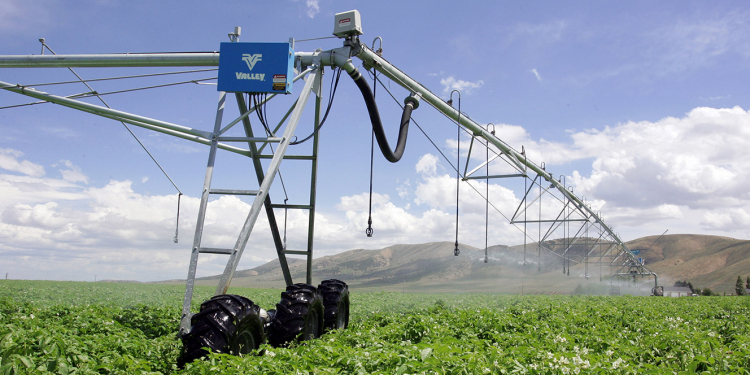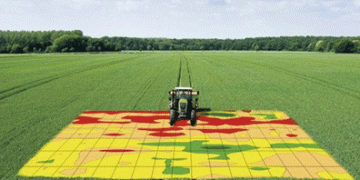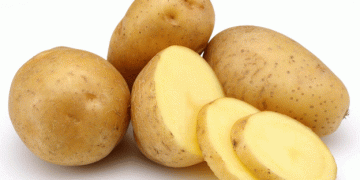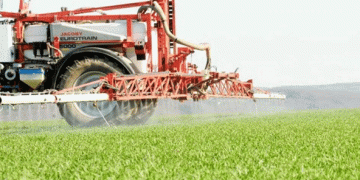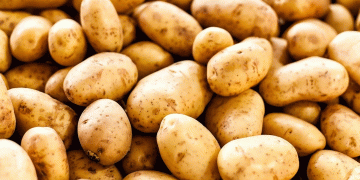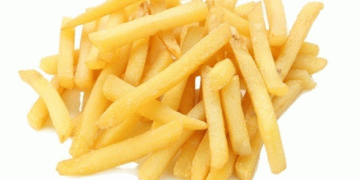Different Management Options for Center Track Pivots
Managing a center pivot has been pretty uncomplicated over time. Usually, farmers tend to lean towards 11.2×24 tires and use a pivot track filler implement after harvest to fix damage caused throughout the season. Most of the time they’ve gotten along pretty well, but some fields still have big issues with deep tracks, ruts, and getting stuck. Because of this problem, a lot of newer pivots come equipped with bigger tires.
Deep tracks and other pivot related problems are quite expensive during the season. Therefore, spending money to fix the problem long term is justified. There is a slew of products on the market that are geared towards solving serious tracking problems. When it comes to managing center pivot tracks, farmers usually combine option four different strategies.
Design and Install
First, the best time to manage tracking issues is during the design phase. In addition, it’s much cheaper to make changes during this time instead of out in the field during the growing season. For this reason, it’s important for the pivot dealer and farmer to go over the layout of the field. They should make note of areas that could potentially have tracking issues.
For example, areas with heavy soil and poor drainage, areas that slope and could have a runoff, or areas that are sub-irrigated by springs. A couple more things to look out for are low areas that could pool water easily or steeper slopes where wheel tracks will be traveling. With this information, it will be easier to prevent tracking problems by adjusting the span length. Take the sprinklers diameter into account and make sure it is big enough to prevent runoff.
Equally important, is the amount of weight on each set of wheels. More weight will be placed on the wheels with longer spans and larger pipes. However, shorter spans and smaller pipes are more costly but could be worth the money. Additionally, some farmers simply move the pivot point out of a track by adding a 3-foot extension. This enables the soil in that area to firm up over time.
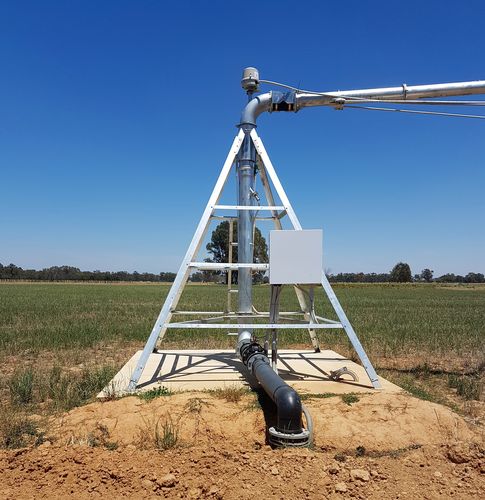
When installing, wheel toe alignment should be properly aligned. Keep in mind, the spans that are inside are most important because they make the shortest turns. If left unadjusted, the pivot point could drag the tires and put stress on the pivot.
Track Options
Next, there are many different options out there for pivots and laterals. Most of the time, these options are geared towards getting rid of flat tires and reducing the depth of pivot tracks. The key to shrinking the depth of tracks is to reduce the weight each wheel exerts on the soil. Reducing the weight is done in two ways: Making the spans shorter and by using smaller pipes, or by increasing the impression area of the wheels that support the spans. You can increase the impression by using larger tires, using more wheels per tower or by adding a track system over the top of existing pneumatic tires.
It is recommended that you use larger size pneumatic tires because they help diminish tracking issues. A lot of the time, farmers like using taller tires instead of wider tires. This is because wider tire tracks are more difficult to cross with their equipment. Within the last couple of years, radial tires have been making a name for themselves. The manufacturers claim a 20-30 percent reduction of track depths compared to bias tires. Plus, and advantage of radial tires is that they run at lower pressures and have a bigger impression.

When deciding on tires, make sure that all of your tires are the same on a particular tower. Although, if you have tracking issues with only a few towers, there is no need to replace the tires on the entire pivot.
Maintenance
Lastly, the way to ensure you don’t have deep tracking issues is keeping the pivots properly maintained. Managing pivot tracks the right way includes checking and adjusting the air pressure in the tires before irrigation season. Also, run the pivot dry when the soil is slightly damp for the first run of the year.
The will help pack the soil in the wheel track and decrease the depth of the track during the irrigation season. Another tip is to run the pivot the least amount of times that you can. Each time it makes a pass, it makes the pivot tracks a little deeper. Have a good schedule in place so that the pivot isn’t going around on wet soil from irrigation or rainfall. After a heavy rain, stop the pivot right away.
Additionally, crushed rocks or other materials can be placed in deep tracks and provide a great base for the pivot to move over. Like we stated earlier, consider moving soil around to prevent water from pooling and erosion. If using wiper pivots, program the speed. All of these management practices can become exponentially easier with a wireless management system. Don’t forget, after harvest fill in your pivot tracks so the soil has time to firm up before the next season.
Option wheel track management for center pivot

SOILPAM™ TRACKLOG™ minimize the depth and severity of irrigation system track ruts, increase water infiltration in and around wheel tracks, and reduce pivot maintenance. Superabsorbent polymers (SAPs) capable of retaining 400x their weight in water.
